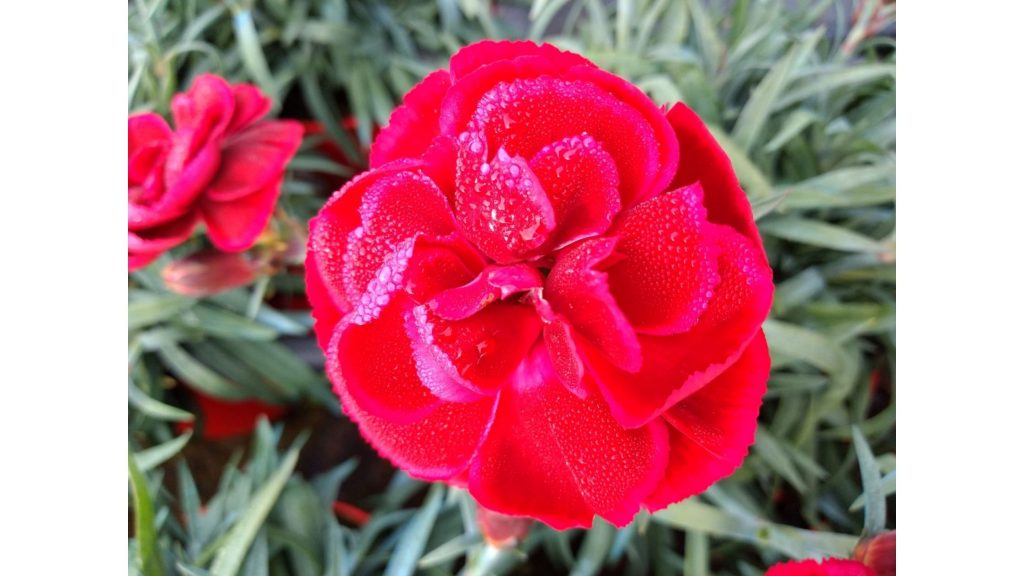Beautiful carnations, grown in pots or in the garden. Their petals cover a range of colours: from red to pink, white, yellow and variegated or with contrasting-coloured edges. The corollas can be single, double or even more numerous.
Read our simple growing tips in our news.
Growing carnations in the garden or in a pot is very straightforward and definitely worth trying if you want to add a splash of colour to your home’s green and flowering spaces.
RB Plant also produces different varieties of the splendid carnation flower in Albenga. There are in fact at least 300 species of carnation and the number of varieties is enormous.
The carnation’s family Dianthus includes various annual, perennial and biennial species that are all characterised by flowers having numerous frayed edged petals, that come in a wide range of colours, from white to red to pink and many others, and also exist in a range of beautiful, mottled varieties.
Growing carnations in the garden or in pots
Carnations start to flower in spring with vivacious colours.
They can be cultivated both in the garden and in pots or tubs. When grown in containers, these should be filled with a generous mix of potting soil and coarse sand. If you buy a ready prepared potting soil, make sure you choose one designed for flowering plants.
To ensure a healthy flowering cycle carnations should be watered regularly during the weeks of spring, making sure that the soil never dries out.
It is a good rule to fertilize carnations in the spring, roughly every 20 days, with a flowering plant specific fertilizer diluted in the watering can.
Removing the flower stalks as soon as they dry out will stimulate flowering.
Carnations should be exposed to full sunshine but can also tolerate some shade as long as the area is not too dark.
Carnations: the meanings revealed by the language of plants
Over the centuries carnations have been associated with different meanings. Mythology ties the carnation to the goddess of hunting, Diana: a young shepherd who was madly in love with the goddess, initially seduced and then cruelly abandoned, cried so desperately that he died. According to the legend, beautiful carnation flowers grew from the tears he shed.
Christian tradition also tells of the carnations that grew from the tears shed by a grieving Mary at the foot of Christ’s cross.
In the language of flowers, the carnation’s meaning varies according to its colour: red stands for passionate love and impetuosity; white for faithfulness and yellow for disdain.



